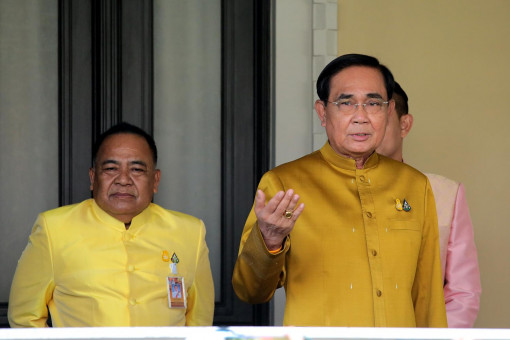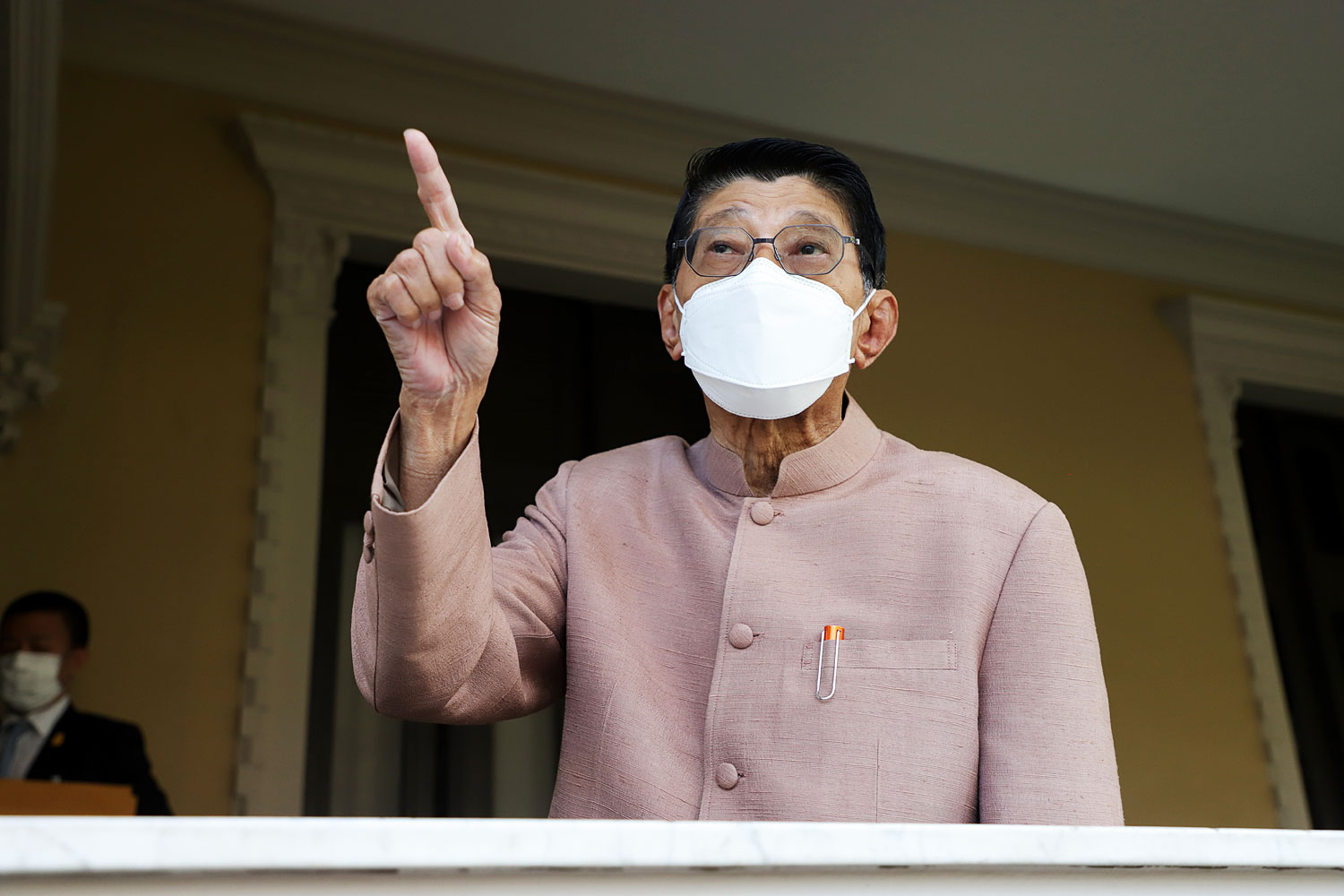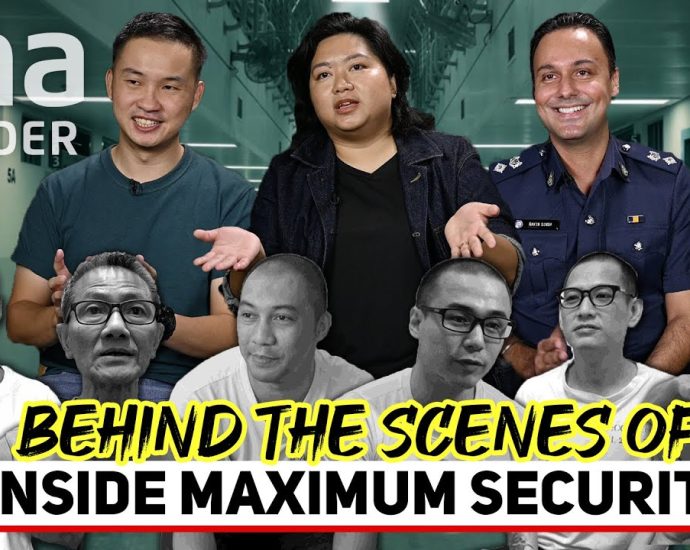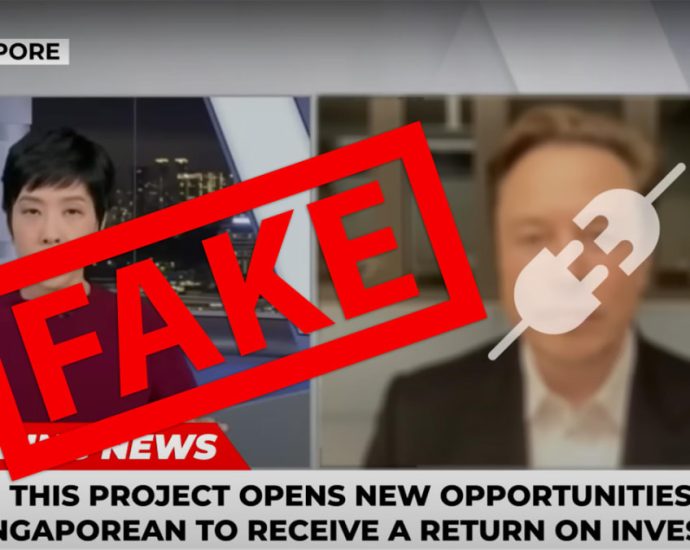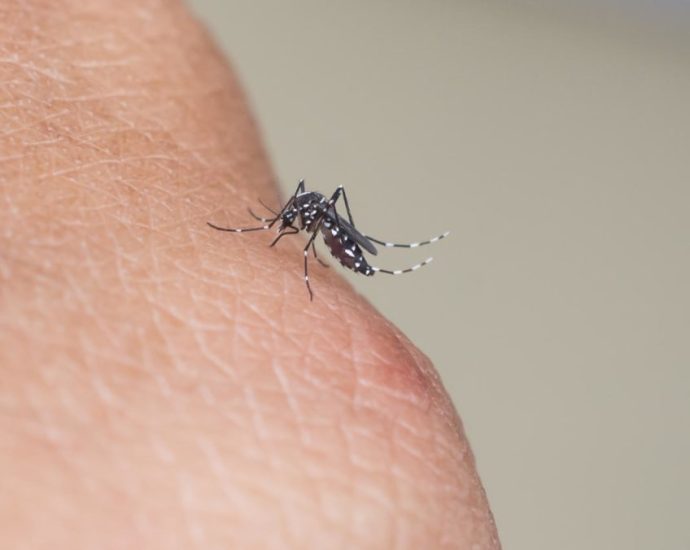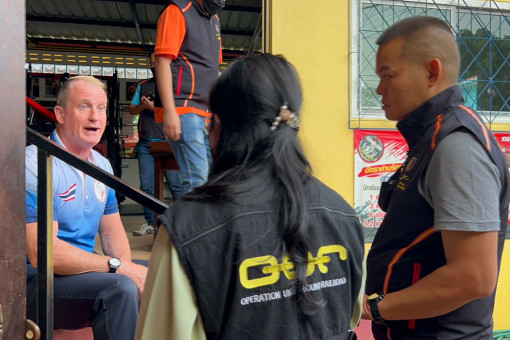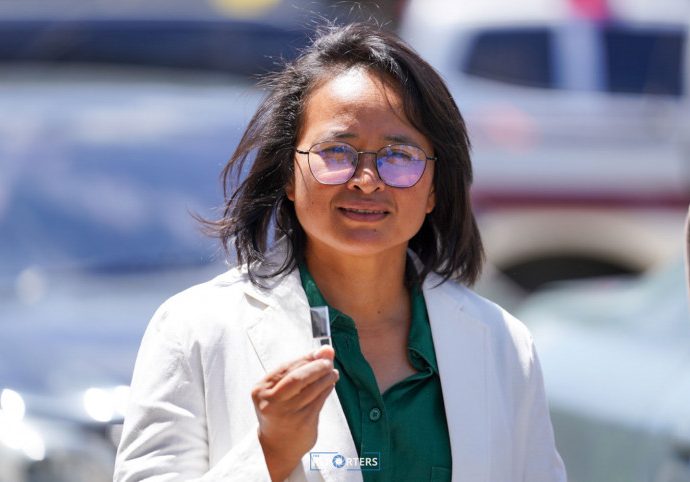Prayut scorns plan to avoid senators
PUBLISHED : 26 Jul 2023 at 04:29

Prime Minister Prayut Chan-o-cha has spoken against a proposal by some allies of the Move Forward Party (MFP) to wait 10 months for an end to senators’ tenure before forming a new government.
“I don’t think it’s appropriate,” Gen Prayut said in response to reporters’ repeated questions about the idea after he arrived at Government House on Tuesday morning.
Gen Prayut announced his retirement from politics earlier this month.
The Thai Sang Thai and Fair parties have proposed the eight coalition allies wait for the five-year term of the military-appointed Senate to end in May next year, so the MFP alliance could have its prime ministerial candidate elected by the House of Representatives alone.
The MFP won the most seats in the May 14 general election, with 151. The Pheu Thai Party came second with 141 seats. They are the core of the alliance, with a 312 majority in the 500-seat elected House.
The current 249 senators are entitled to take part in the vote for the new prime minister, together with the elected representatives. The new prime minister needs a majority of the two chambers, at least 375 votes.
On July 13, the joint sitting rejected Mr Pita, the then-sole candidate for prime minister. He received 324 supporting votes, including only 13 from senators.
MFP secretary-general Chaithawat Tulathon said it is within the rights of the Pheu Thai Party to take its pick of coalition partners. The MFP has handed the right to lead the government formation effort to Pheu Thai following Mr Pita’s failure to win the parliamentary nomination to be prime minister.
Also on Tuesday, Deputy Prime Minister Wissanu Krea-ngam said he was optimistic a new government might be up and running later next month even though more time will be needed to divide up cabinet portfolios among coalition partners, a process that precedes the swearing-in of the new cabinet.
Mr Wissanu said it would be extremely difficult to name a non-MP or non-member of a political party as prime minister to break an impasse in setting up a new government.

